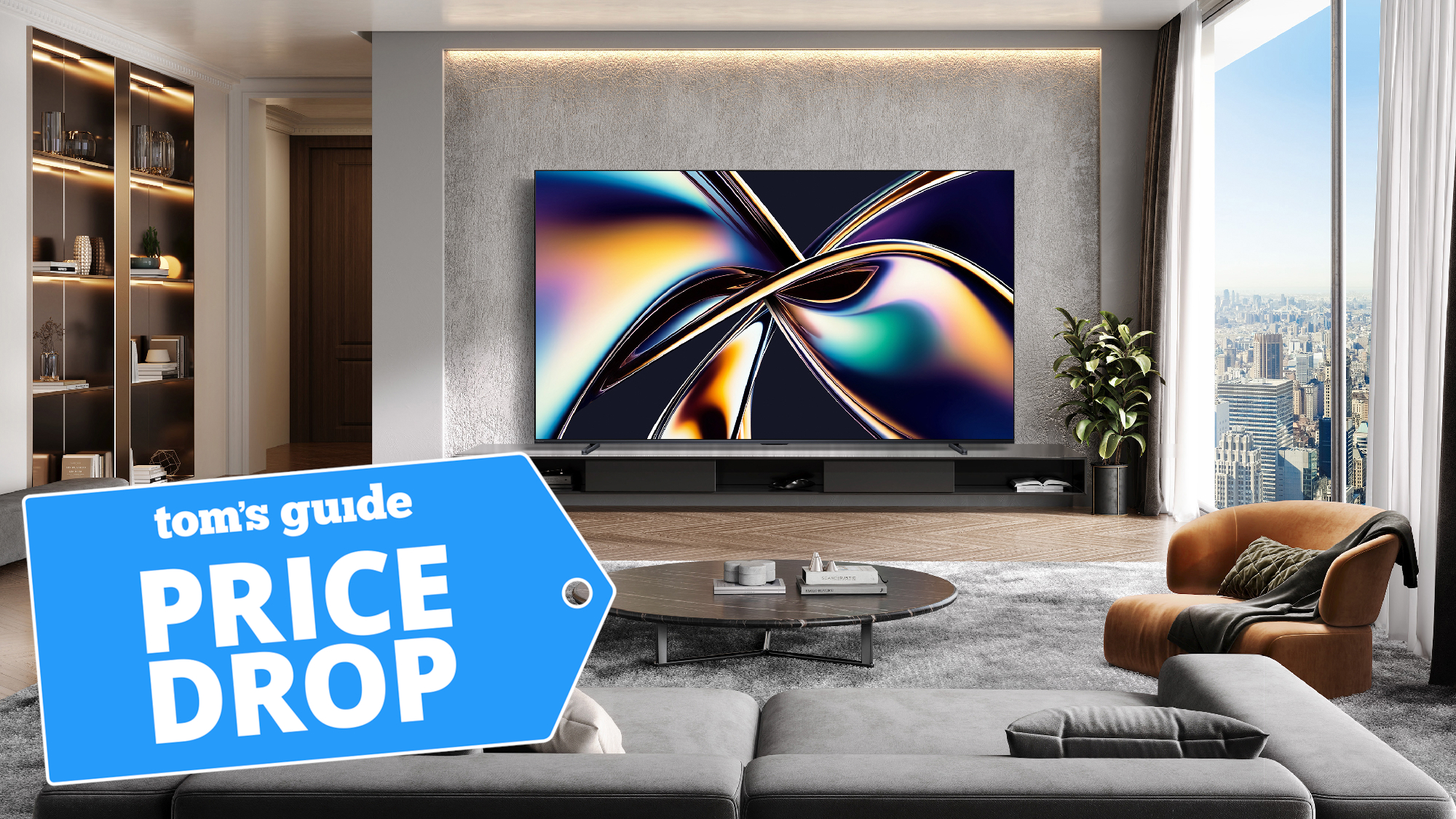Razer Kishi and Xbox Game Pass make a perfect match
The Razer Kishi is the perfect accessory for Xbox games on Android
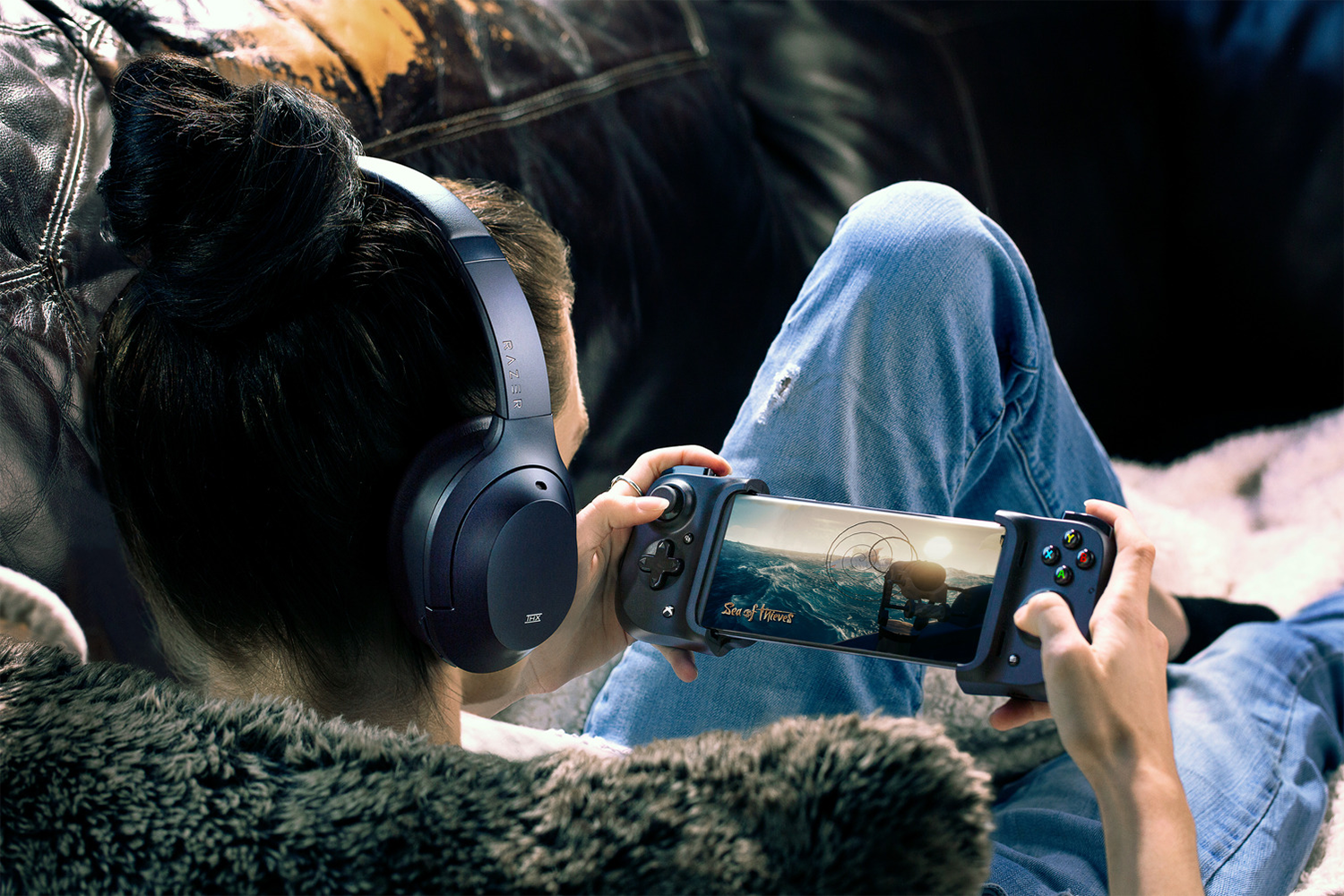
The Razer Kishi was one of the most interesting devices we saw way back at CES 2020. This mobile accessory could turn just about any smartphone into a handheld gaming device, reminiscent of a Nintendo Switch. Now, Razer has released an Xbox-optimized version of the Kishi peripheral, complete with an Xbox controller layout and guide buttons. And while there’s no denying that the $100 Kishi is extremely expensive, as mobile controllers go, it’s also essentially the perfect version of what it wants to be.
The Razer Kishi for Android (Xbox) is a straightforward, lightweight controller attachment that works with a variety of apps on just about any Android phone. It’s a particularly good accessory for anyone with an Xbox One — and that’s doubly true if you also have an Xbox Game Pass subscription. Thanks to two recent Xbox app updates on Android, the Kishi is a more valuable accessory than ever, and speaks well of Razer, Android and Xbox, all at once.
- The best Xbox One games
- Xbox Game Pass streaming is the future of gaming — almost
- Plus: LG OLED rollable TV price revealed — and it's shockingly high
How the Razer Kishi works
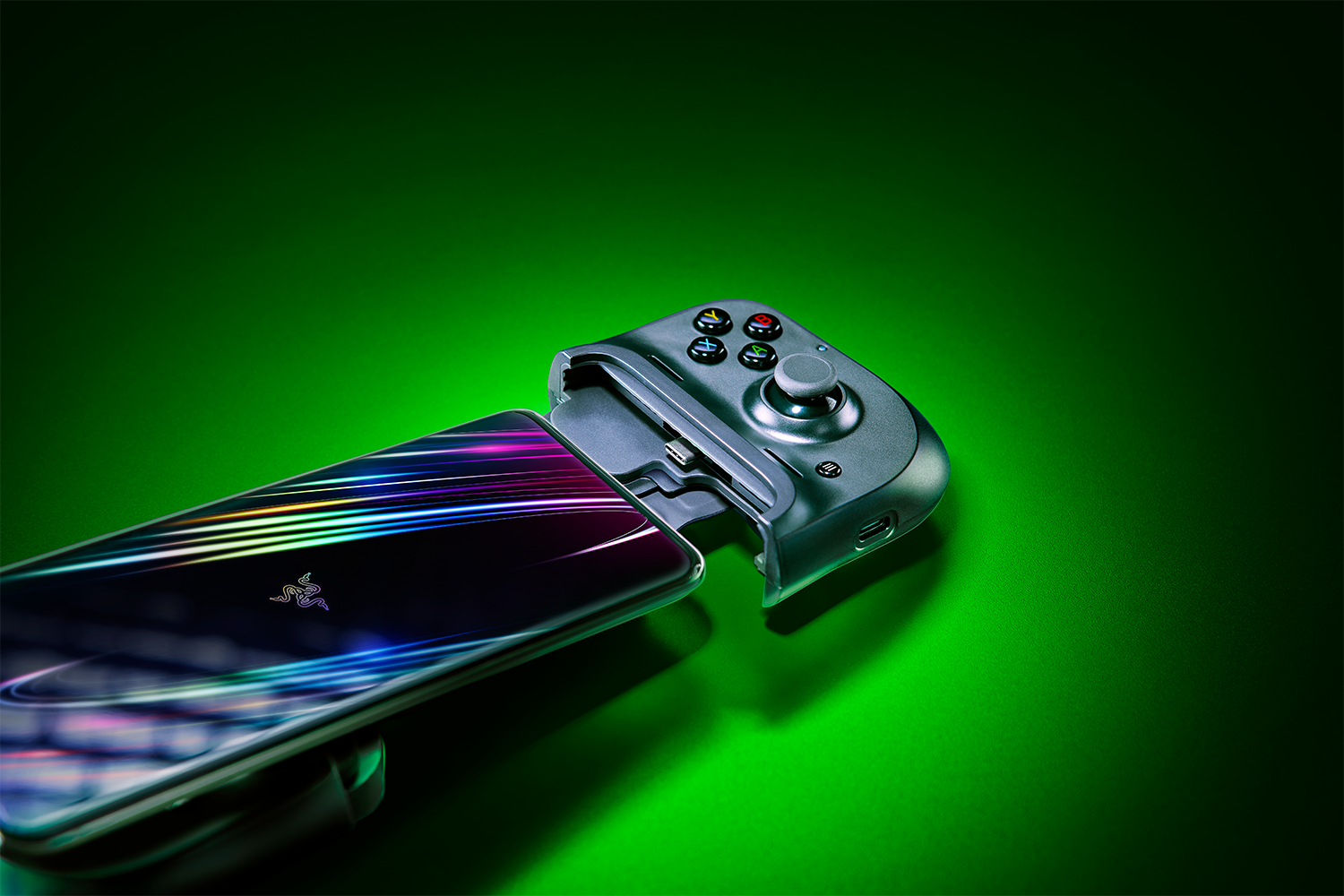
The Razer Kishi for Android (Xbox) is one of three Kishi variations. For simplicity’s sake, we’ll just call it the Kishi here, but if you’re so inclined, you can get no-frills iOS or Android versions without the Xbox paraphernalia. The device itself is a hybrid controller/phone mount, and while it looks complicated at first glance, using it couldn’t be simpler.
You undo two clasps on the back of the Kishi, pull back a plastic plate, and extend the mount. You then plug your phone (USB-C only) into one side of the Kishi, and pull the other side over the top until you get a snug fit. That’s it. The Kishi works without any additional setup, and if the mounting process takes more than 30 seconds something has gone horribly wrong.
From there, you can play any Android game that requires a controller. The buttons themselves all feel responsive and work as expected. There are two clickable analog sticks, a D-pad (which is a little squishy for my tastes, but not bad otherwise) and four face buttons. Where the Kishi distinguishes itself from most other Android controllers is that the buttons are in an official Xbox configuration, from the color and placement of the A, B, X and Y buttons, to the menu button on the right and the guide button on the left. (The Xbox button is off to the side rather than dead-center, since your phone occupies the Kishi’s central space.)
Razer Kishi and Xbox apps
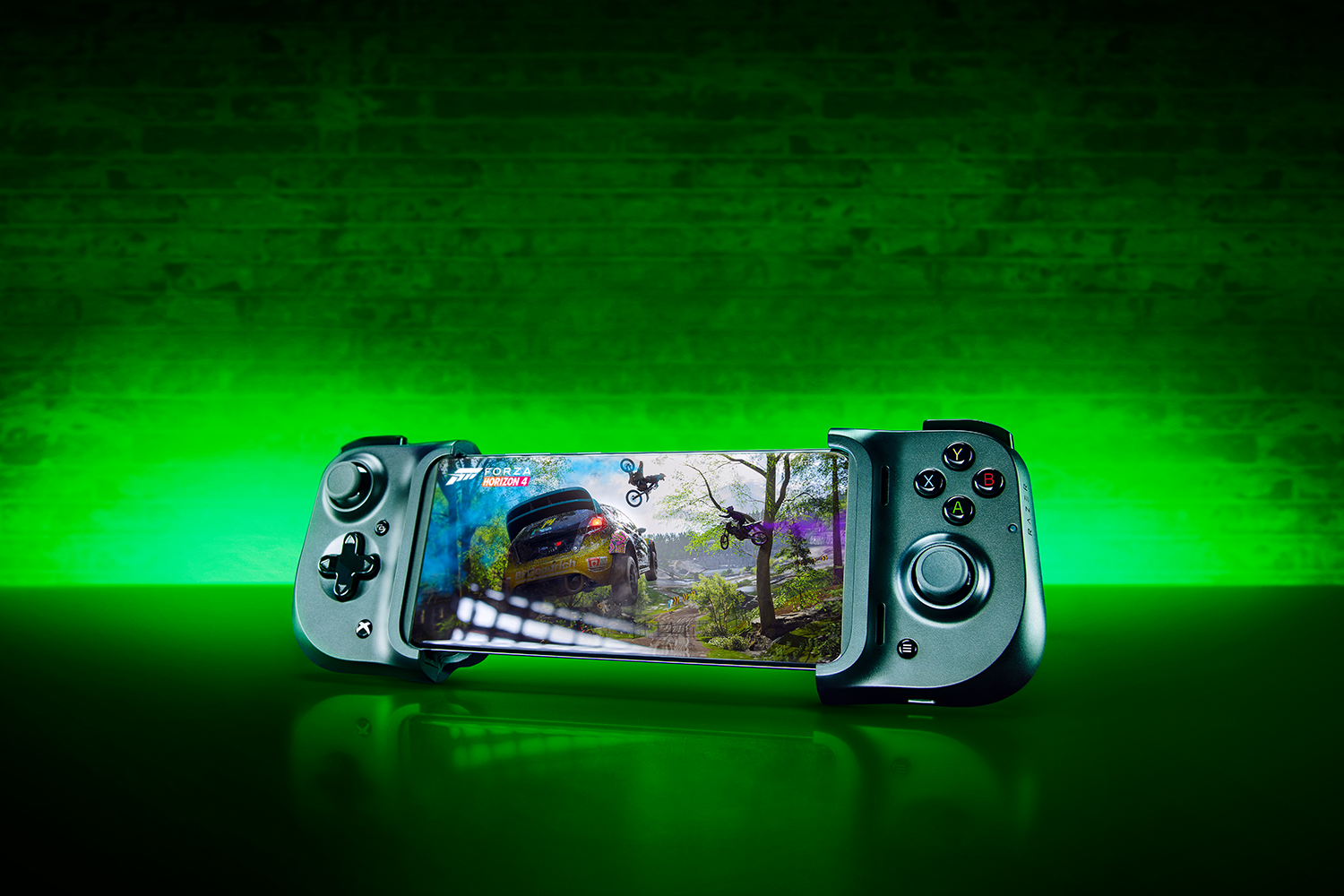
Since the Razer Kishi is primarily an Xbox accessory, I put it to the test with the Xbox Game Pass (beta) and Xbox (beta) apps on Android. The former lets you stream Xbox Game Pass titles directly from the cloud to an Android phone; the latter lets you stream your own Xbox One content to an Android phone. I used a Google Pixel 3a to test the Kishi, and the phone worked well from both physical and software standpoints.
In the Xbox Game Pass app, I tried an interesting experiment. I saw that Middle-earth: Shadow of War was one of the titles available to stream. I own this game as a digital download, and wondered whether Xbox Game Pass would be able to sync my save data in the streamed version. As it turns out, the answer was “yes.” After a long initial load time and a brief save-sync, I was able to pick up right where I left off on the Xbox and PC, slaying Orcs and collecting powerful equipment.
Sign up to get the BEST of Tom's Guide direct to your inbox.
Get instant access to breaking news, the hottest reviews, great deals and helpful tips.
In this instance, I think the Kishi shows off exactly what’s so wonderful about the burgeoning Xbox ecosystem. I’ve played Shadow of War on the Xbox; I’ve played it on the PC; now, I’ve even played it on my phone. In every case, the software scales to the platform in terms of graphics and performance, and the controls are always identical. This makes switching among three totally different platforms a seamless experience.
While you could theoretically use the Xbox Game Pass (beta) app with any Android-compatible controller (including the Xbox One Wireless Controller itself), the Kishi essentially turns your phone into an ersatz Nintendo Switch. And anyone who’s played a Switch can attest that the handheld setup is often a lot easier than trying to deal with mounts or phone stands.
My experience with the Xbox (beta) app was similar. After the quick, painless process of teaching my phone and my Xbox to recognize one another, I could use the Kishi to control my phone like a tiny Xbox One screen. This time around, I tried out Blasphemous: an excellent, brutally difficult Metroidvania where observing small enemy movements is key, and you’re usually one false move away from dying.
Blasphemous performed beautifully, just like Shadow of War. I had my TV on in the background, just to see what kind of input lag was present, and the two screens moved almost in unison. With the Kishi and a USB-C Android phone, you can continue playing Xbox games long after your spouse has claimed the TV for his or her latest Netflix binge.
The Kishi also works fine with other cloud gaming apps, so Google Stadia, Nvidia GeForce Now and even PS4 Remote Play are all viable options.
Razer Kishi and Xbox streaming drawbacks
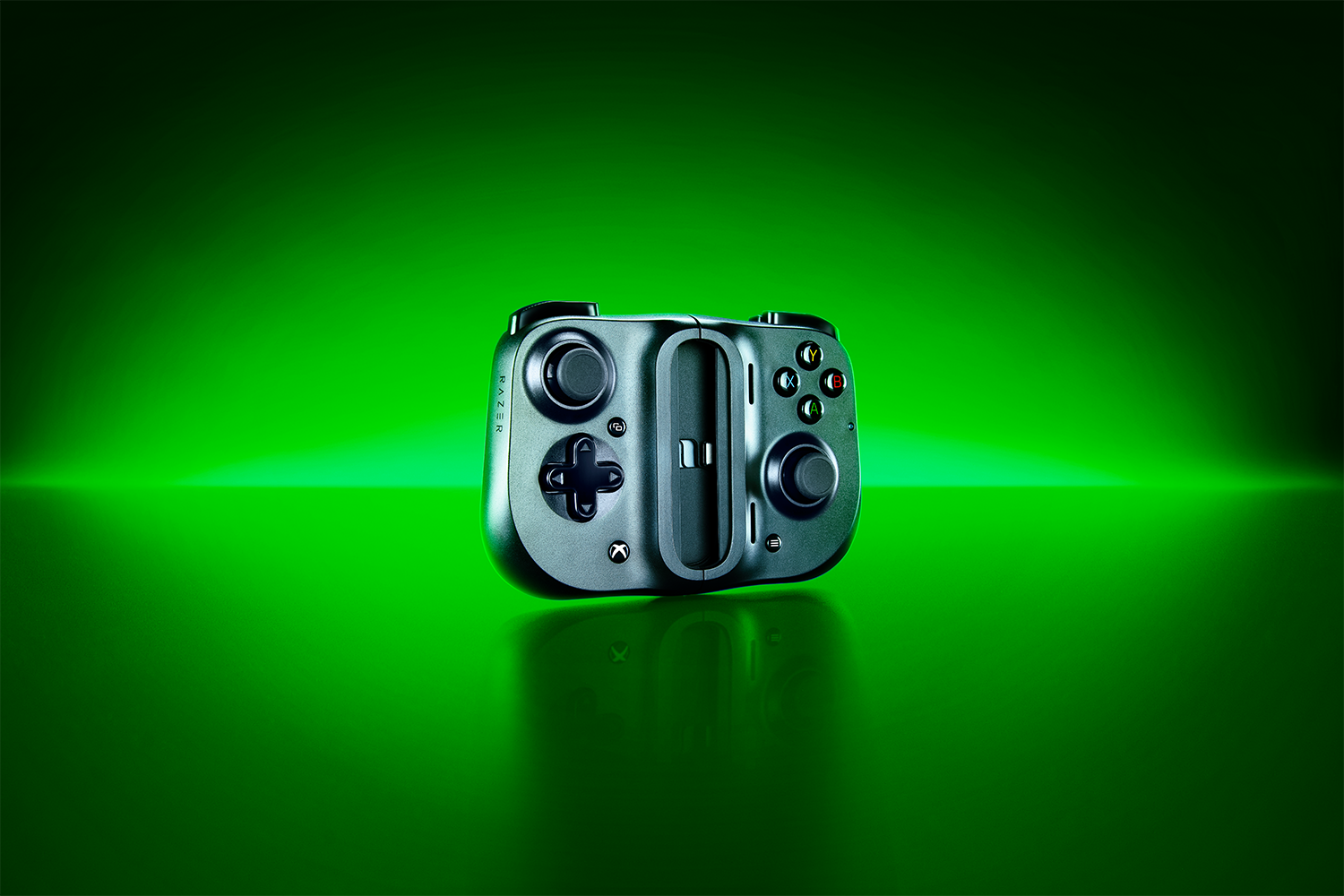
While none of my nitpicks about the Razer Kishi merit much discussion on their own, there were enough of them to be frustrating as a whole. Here’s a short list of what might drive you crazy about the Kishi, and Xbox game streaming in general:
- Xbox app confusion: There are at least four official Xbox apps in the Google Play store: Xbox, Xbox (beta), Xbox Game Pass and Xbox Game Pass (beta). They all do completely different things, and knowing which one you need is not at all intuitive. Microsoft should combine all four apps — or at least offer only one stable app and one beta app.
- Xbox games aren’t optimized for small screens: The average size of an HDTV screen is more than 40 inches diagonally. The average smartphone screen is a little less than six inches diagonally. Just about every Xbox One game is designed with the former in mind. That means tiny characters, tiny words, tiny interfaces and tiny soundscapes. You can get used to it in some games; in others, it’s an additional layer of difficulty.
- Kishi is hard to reassemble: While the Kishi splits apart beautifully, getting it back together is strangely challenging. The two halves very often don’t slide together properly, meaning you have to pull them apart and put them back together again and again until something clicks. Maybe there’s a trick to it, but it’s a tedious process.
- USB-C port woes: It takes some wiggling to get the Kishi’s USB-C connector into place, and even more wiggling to disconnect it. I can only imagine what this will do to the tightness of the port over time. Furthermore, while there’s a USB-C outlet on the Kishi’s frame, it’s only for power; USB-C accessories, like wireless headset dongles, don’t work. That severely limits how you can listen to your games.
Still, I wound up liking the Kishi much more than I expected to, even if I think it’s a little tough to justify a $100 price tag. If you want to experience the full console/PC/mobile Xbox ecosystem, the Kishi is a fantastic accessory to take along — and it should continue to be useful later this year, when the Xbox Series X and Xbox Series S debut.
Marshall Honorof is a senior editor for Tom's Guide, overseeing the site's coverage of gaming hardware and software. He comes from a science writing background, having studied paleomammalogy, biological anthropology, and the history of science and technology. After hours, you can find him practicing taekwondo or doing deep dives on classic sci-fi.

